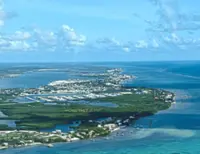Carved from the island’s volcanic rock, the Dolhareubang statues that you can find at Jeju stand up to 3m high. — Photos: Apple Vacations
What unique charm does Jeju hold that sends millions of people to this island in South Korea each year for holiday? Is it the pristine beaches, black rock formation, the Haenyeo abalone, the black pork, thematic cafes or Mount Hallasan?
Well, yes. It is all of the above, plus Jeju’s unparalleled natural scenery.
Already a subscriber? Log in
Save 30% OFF The Star Digital Access
Cancel anytime. Ad-free. Unlimited access with perks.





